Chickering and Ehrmann described asynchronous communication as an important example of how technology can be used to facilitate student-faculty communication outside of class. They point out that asynchronous technology such as email increase opportunities for students and faculty to “exchange work more speedily and more thoughtfully and safely.”
Communication with students during these times of uncertainty is more important than ever. I’m pleased to report that my college has really stepped up faculty support as they cautiously make plans to allow some students and faculty to come to campus this Fall. The plan is to offer the following four types of courses:
- Hybrid courses (partial online/partial in-person) will be called On Campus 50% for student communication. The schedule will provide meeting days/times and the associated room number.
- Remote synchronous courses will be totally online with synchronous meetings via Zoom, WebEx, MashMe or other video tools. Students will see the name VIRTUAL in the schedule in place of the room number and the days/times will remain for scheduling the synchronous sessions.
- Remote asynchronous courses will be all online and students will not have any specific times to meet online. Optional synchronous office hours or help sessions can be scheduled. Students will see the name REMOTE in the schedule in place of the room number and no days/times will be listed.
- Online courses will remain the same as in the past with no changes.
In an Instructional Town Hall, the college shared some great information with faculty to help them prepare for a variety of course modalities. They provided the following guidelines for communicating with students:
- 2 weeks before class starts, email students describing how the class will run
- 1 week before class starts, email students again
- Regular communication – set expectations
I plan to follow their recommendations and reach out to my students at least 2 weeks before class to describe how our online class will run. I’ll let me students know that our online course will be primarily asynchronous, and we’ll use VoiceThread for our learning interactions.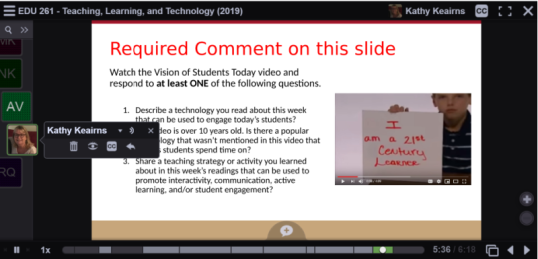
Chickering and Gamson’s research revealed that student contact both inside and outside of class is a most important factor in student motivation and involvement. During these COVID times, it is critical for instructors to find multiple ways to connect with their remote students.


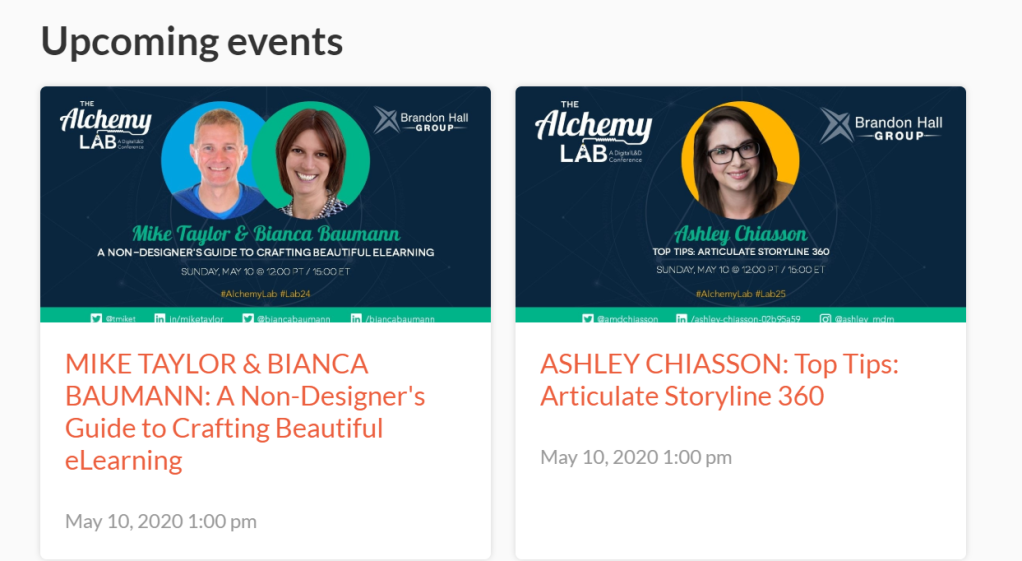

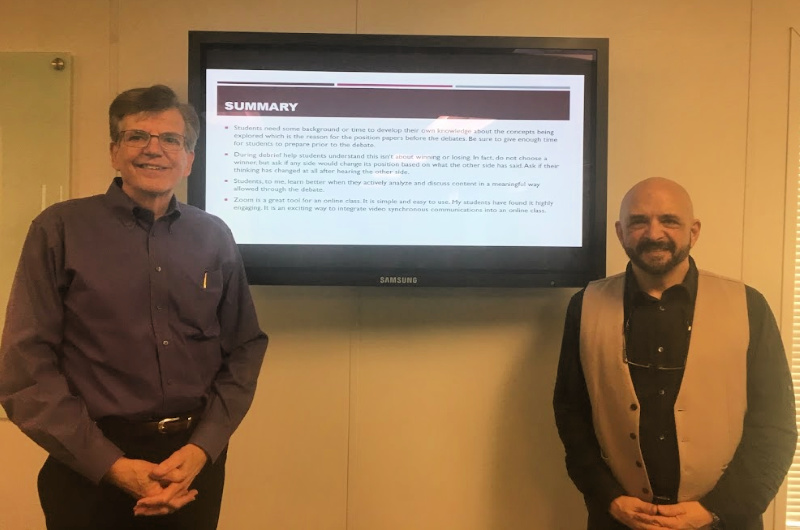




 face-to-face (FTF) teaching by:
face-to-face (FTF) teaching by: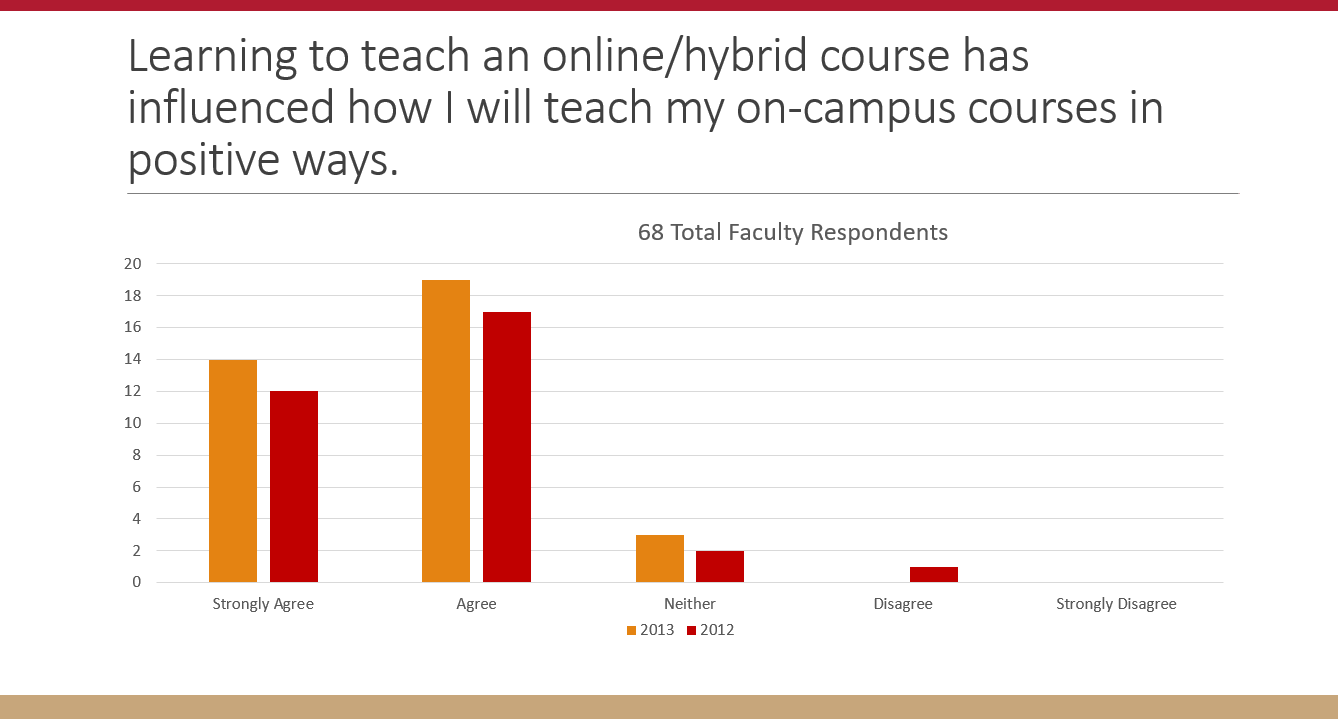
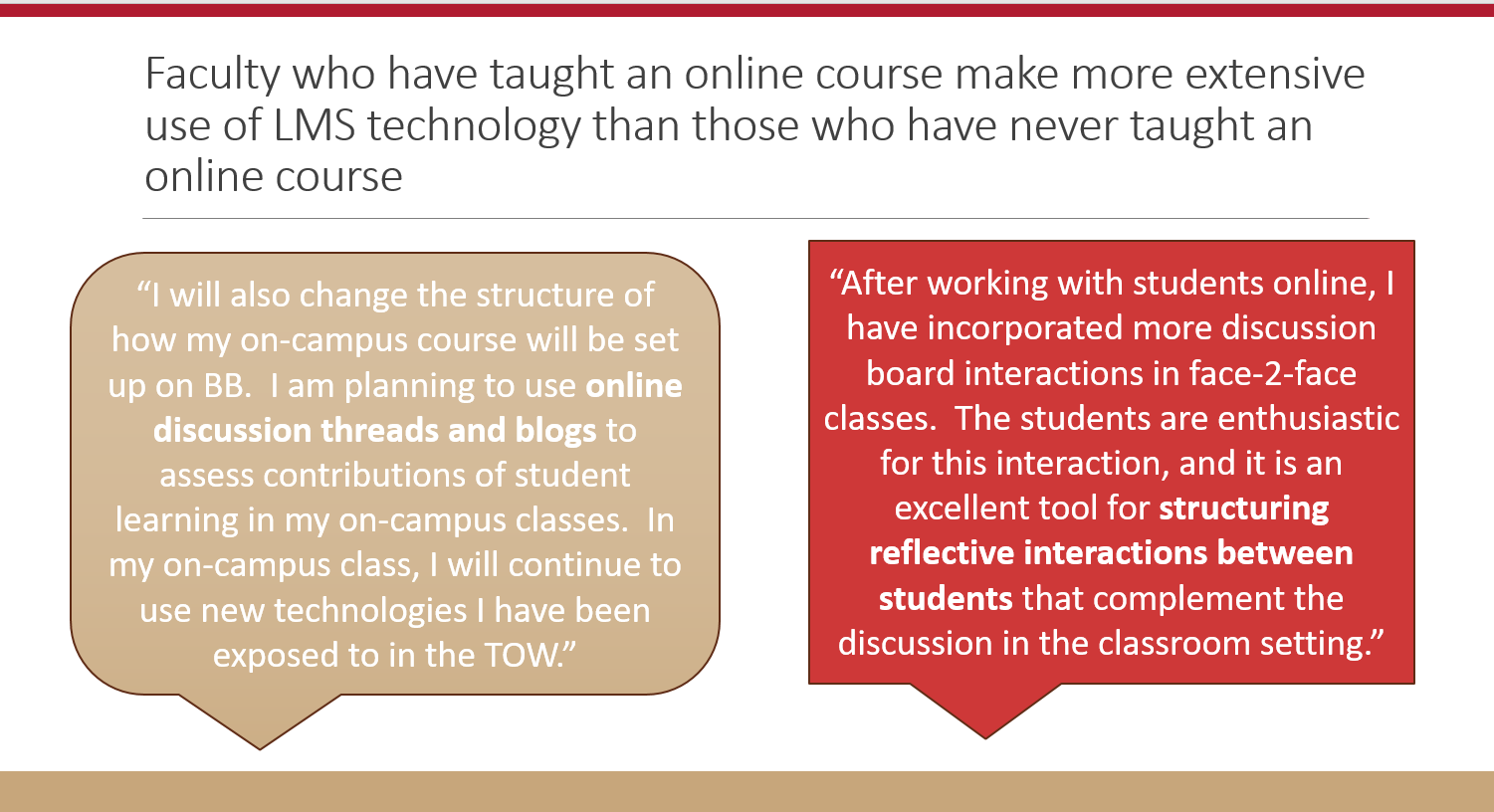
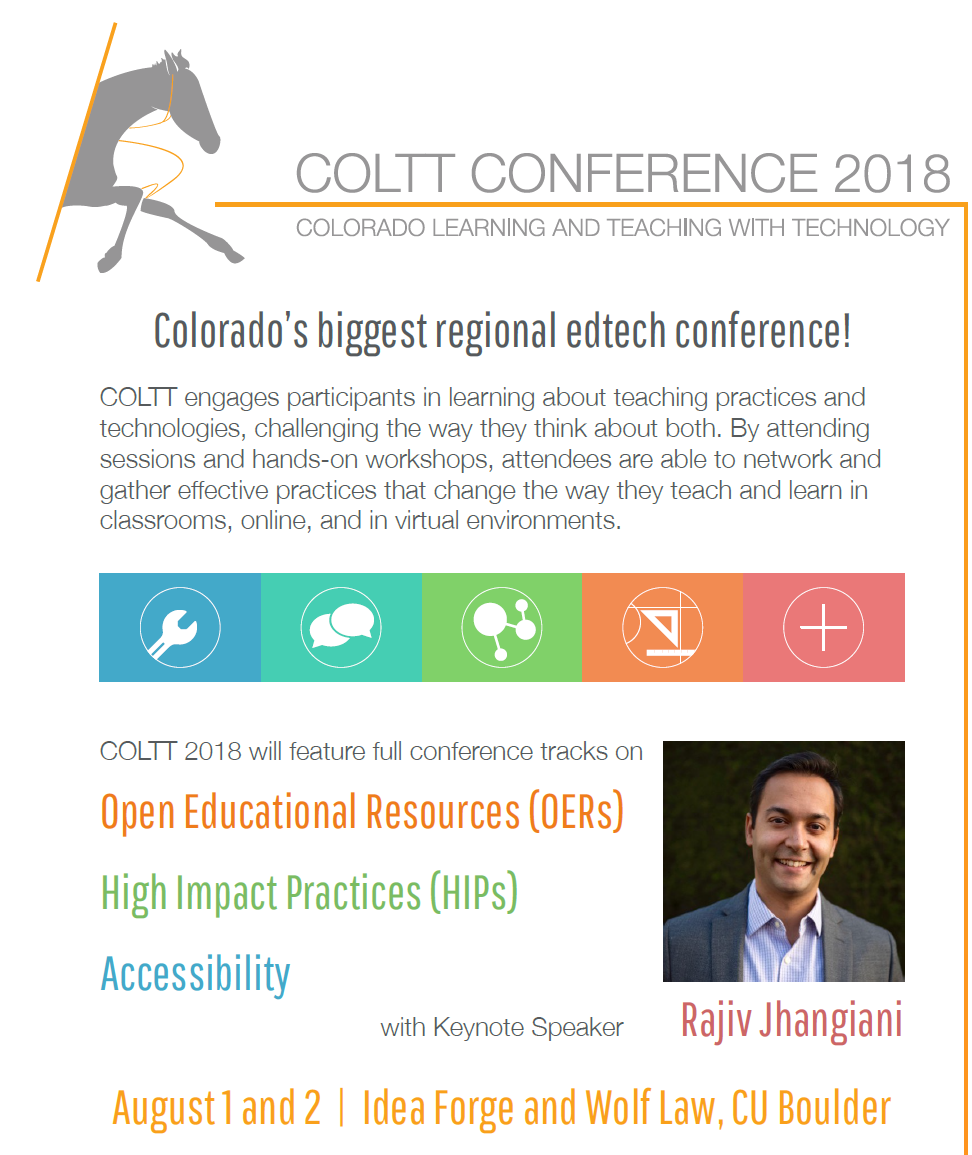

Written
on June 19, 2020